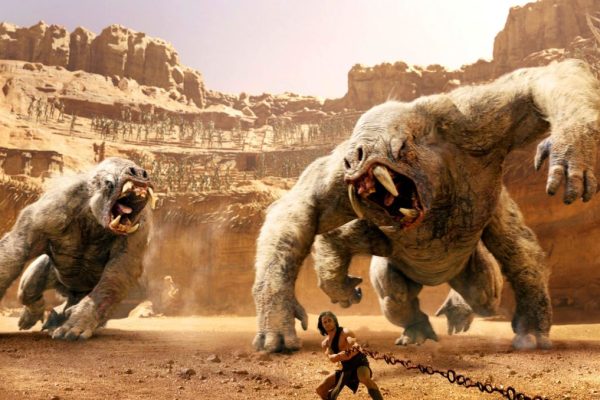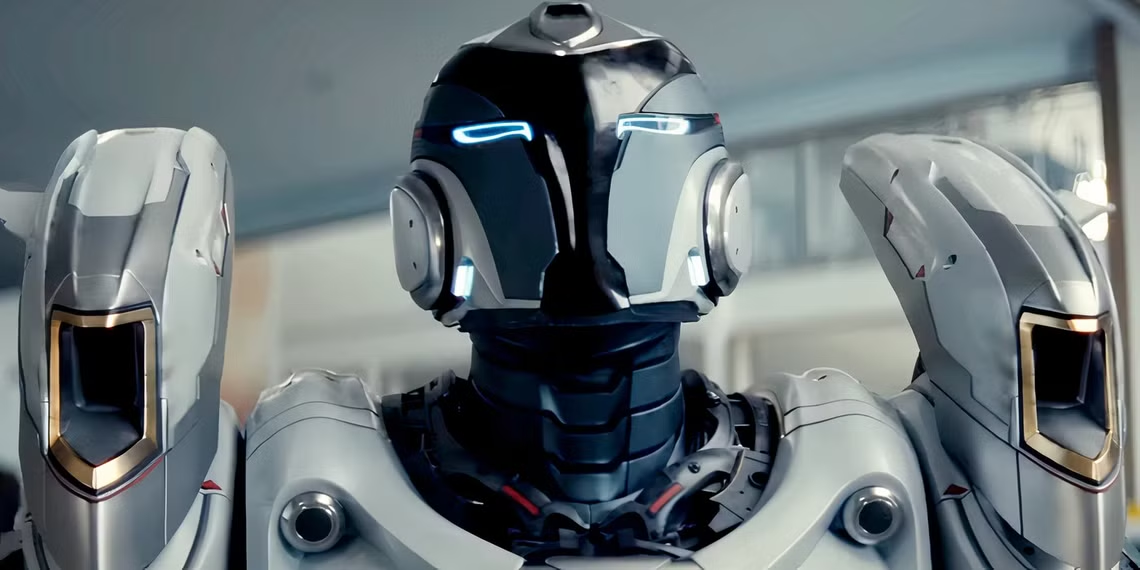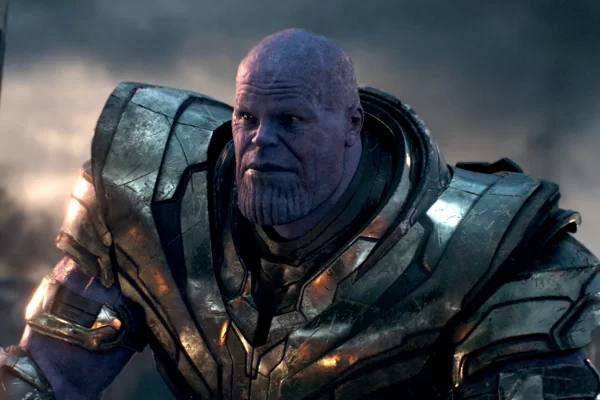
John Carter: Hollywood’s Costliest Box Office Flop That Shattered Careers and Cost Disney $265 Million
In 2012, one of the most expensive and ambitious projects in Hollywood history, John Carter, was released to a thundering silence at the box office, becoming what is still regarded as the biggest box office bomb ever. With a staggering production budget exceeding $300 million and an equally hefty marketing spend, the film not only failed to meet expectations but also cost Walt Disney Studios a colossal $265 million in losses— a financial blow that led to the firing of the studio head and forever altered the careers of several key players involved. Directed by Andrew Stanton, known for his animated classics Finding Nemo and WALL-E, John Carter was a live-action adaptation of Edgar Rice Burroughs’ 1912 science fiction novel A Princess of Mars, the first in his Barsoom series. The film followed the adventures of John Carter, a Confederate Civil War veteran transported to Mars, where he becomes embroiled in an interplanetary conflict. With an all-star cast led by Taylor Kitsch as the titular hero, the film boasted cutting-edge visual effects and a sweeping, grandiose narrative meant to compete with the era’s biggest blockbusters. However, despite the hype, John Carter underperformed severely. Its global gross totaled just $284 million, far below the astronomical costs of production and marketing. When tax deductions and other expenses were accounted for, Disney’s losses were estimated to be as high as $265 million, a sum that remains unparalleled in Hollywood history. Some reports suggested that the losses could have been closer to $150 million, but either way, the film was a financial disaster for the studio. The Aftermath: Disney’s Shake-Up and the Firing of Rich Ross John Carter was Disney’s marquee release for 2012, intended to be the cornerstone of a new film franchise. When the film flopped, the repercussions were swift and severe. Rich Ross, the head of Walt Disney Studios at the time, was forced to resign after the film’s disastrous performance. Reports from that period suggested that Ross tried to shift the blame for the failure onto Pixar, the animation studio that had been absorbed into Disney. This move alienated both Pixar executives and Disney’s creative leadership, causing a rift that would take years to mend. While John Carter’s failure was a blow to Disney’s overall film strategy, it coincided with the enormous success of The Avengers—a Marvel Studios film released in the same year, and a massive box office hit that redefined the superhero genre. The contrast between John Carter’s failure and The Avengers’ success was stark, further underscoring the deep impact of the loss on Disney’s bottom line and image. The Vanishing Director and the Fallout for the Cast For director Andrew Stanton, John Carter’s failure marked a dramatic and painful turning point in his career. After the film’s release, Stanton retreated from the public eye, reportedly going through a “true ‘Lost Weekend’” to cope with the crushing disappointment. While he would later return to Pixar to direct Finding Dory, Stanton never attempted another live-action project again until his recent venture, In the Blink of an Eye. It was clear that the failure of John Carter left a lasting impact on him, and his confidence in the live-action genre seemed permanently shaken. The film’s cast also suffered significant career setbacks. Taylor Kitsch, who starred as John Carter, saw his rising star dim after the film’s failure. Despite a strong performance in the acclaimed Friday Night Lights TV series, Kitsch struggled to land major roles in the years following John Carter. His film career failed to gain momentum, and he was relegated to lower-profile roles, although he has recently begun to make a modest comeback in TV projects. Perhaps the most difficult fallout was for Lynn Collins, who played the female lead, Dejah Thoris. In the wake of the film’s failure, Collins was reportedly advised by her publicist to “disappear for a while” to avoid negative attention, a move that many saw as unfair and sexist. The blame for the film’s failure was largely placed on Kitsch and the film’s marketing, yet Collins felt that she was unfairly sidelined. Her career suffered greatly—her role in The Wolverine was cut down significantly, and she didn’t appear in another major film for three years. It wasn’t until 2016 that she starred in Lost in the Sun, an indie film, and in 2021-2022, she returned to the spotlight with a recurring role on The Walking Dead. A Cautionary Tale for Hollywood The disaster that was John Carter has become a cautionary tale in Hollywood, highlighting the risks associated with massive budgets and high expectations. The film’s failure illustrates how even the most talented directors and stars, and the most lavish production efforts, can fall flat if not paired with a compelling story, effective marketing, and audience demand. The film’s financial failure, combined with its troubled legacy, marked the beginning of a more cautious approach in Hollywood when it comes to high-budget films. Studios learned that, despite the allure of huge franchises and visual spectacles, audiences are not always guaranteed to show up, especially if a film doesn’t connect with viewers on a deeper level. Today, John Carter remains an iconic example of the dangers of over-investing in a project without considering the broader market context and audience appeal. While it’s remembered as a colossal flop, it has also earned a certain cult following, with fans of the source material appreciating the effort that went into the film’s ambitious world-building. In the end, John Carter is a symbol of the high-stakes gamble that is the modern film industry, where big budgets, massive expectations, and the desire for franchise-building can result in massive losses when things go wrong.


